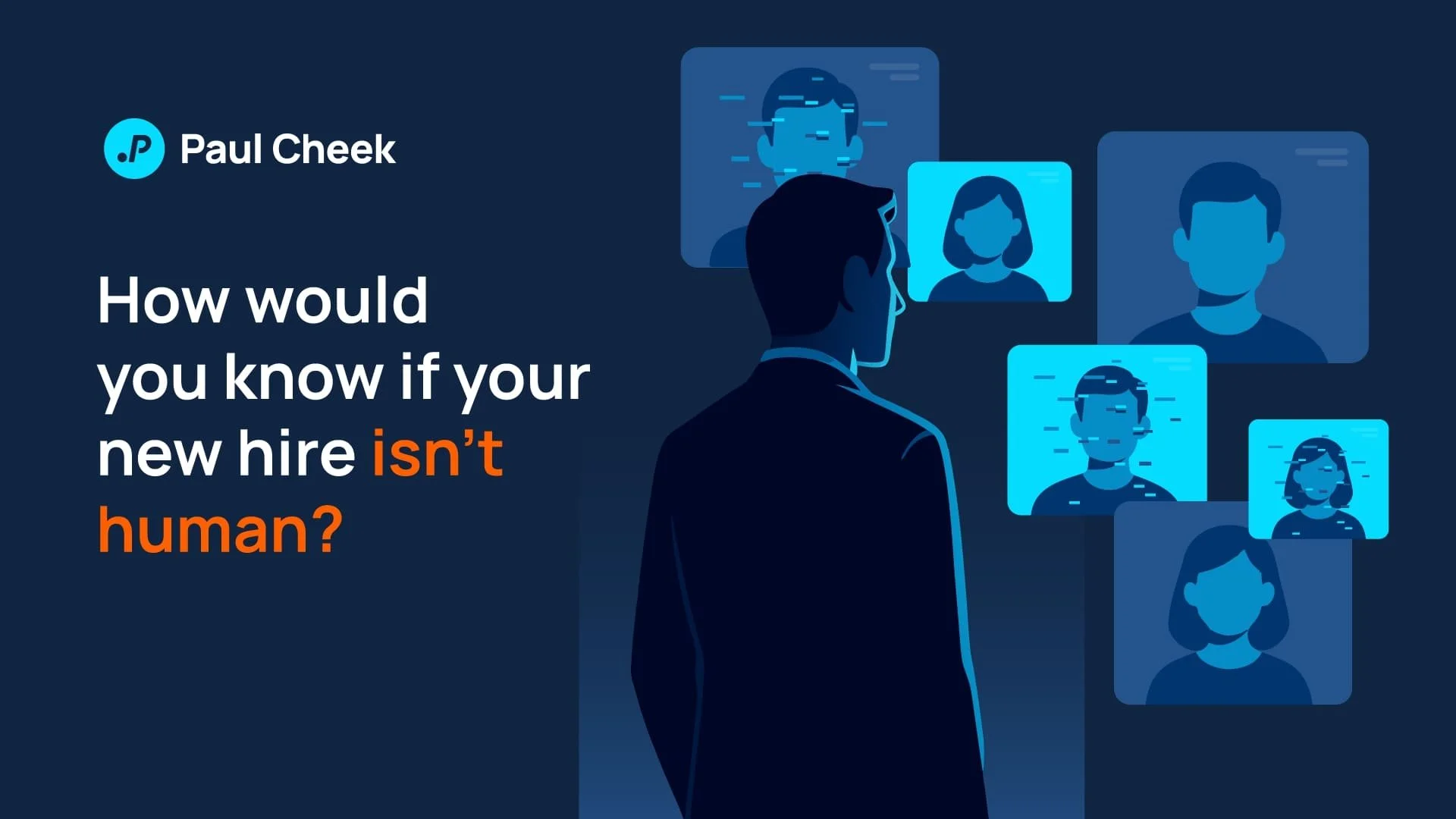
An Open Petition to Merriam-Webster: Redefine “Organization”

Crossing the AI Frontier: A Position Paper on Mobilizing a Whole-of-Society Strategy for AI-Driven Entrepreneurship

Start With You: Tinker Time is The Real Secret to Unlocking AI at Work

The 30-Minute Startup: How AI-Driven Enterprises Are Rewriting the Rules of Entrepreneurship

AI in Government and the Public Sector: Thinking Big, Starting Small, Governing Wisely

An Emerging Cyber Security Threat: The Growing Threat of AI Employees, Insider Social Engineering, and Corporate Exploitation

Emerging Revenue Models in the Age of AI and Disciplined Entrepreneurship

Atlantic Canada’s Opportunity to Catalyze AI-Driven Enterprises

The AIDE Axiom: Rewriting the Economics of World-Changing Ventures in Deep Tech, MedTech, and Pharma

Empowering SME Exporters with AI: Bending the Vector of Growth & Societal Impact

AI-Driven Enterprises: How AI is Redefining Innovation-Driven Enterprises
How does an entrepreneur achieve the exponential growth curve (hockey stick growth curve) sought after by high-impact potential startups without the need to raise significant funding? Entrepreneurship has long been viewed in terms of two distinct models: small and medium-sized enterprises (SMEs) and innovation-driven enterprises (IDEs). SMEs, which you can think of as SMBs, are typically local, modestly scaled businesses – think of a single-location restaurant or a family-run shop – often started for self-employment or serving a regional market. They usually employ only a handful of people (the average SME has about 4 employees) and innovate incrementally, if at all, due to their nature and constrained resources. In contrast, IDEs are startups built around novel innovations (technological, scientific, or business-model breakthroughs) aimed at global markets from day one . These high-growth ventures seek to “bring newly conceived features and functionality to customers” and scale internationally, which often necessitates significant external capital and a highly skilled team . The two models have different economic roles and support needs, as MIT’s Bill Aulet and Fiona Murray famously noted – treating them as a single category is an “important mistake” .
